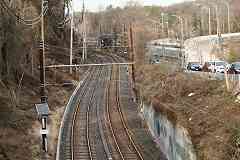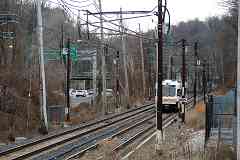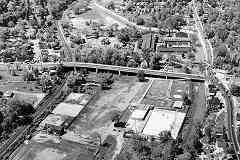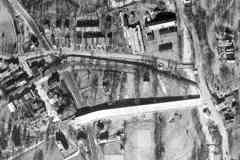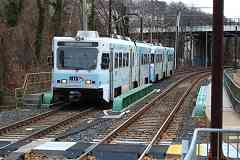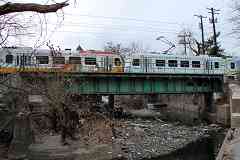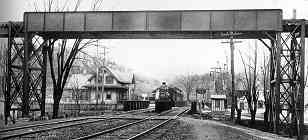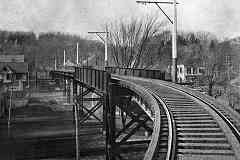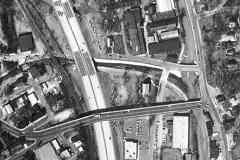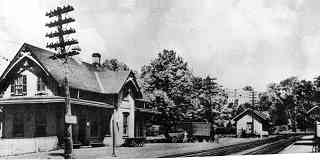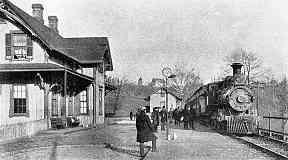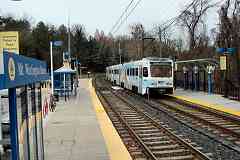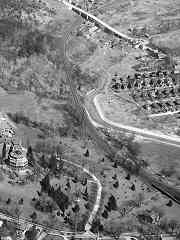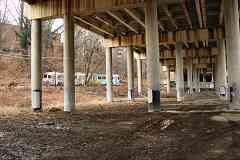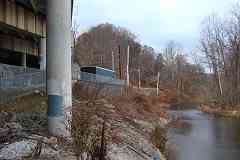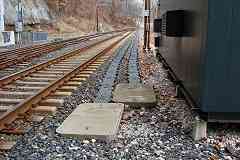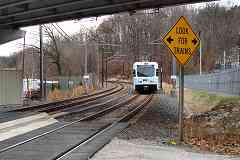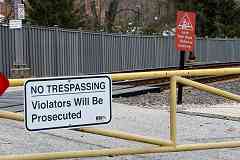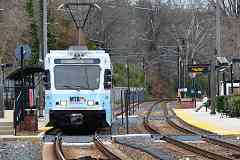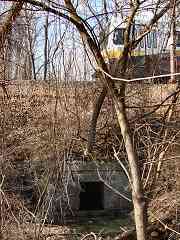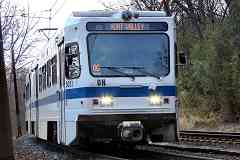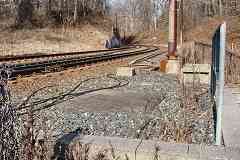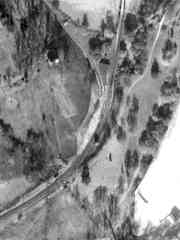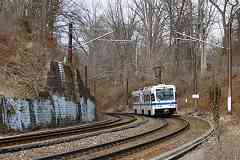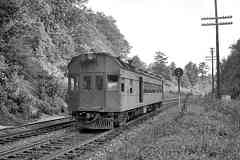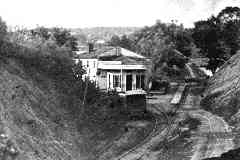|
During the early 1900s, about 500 feet behind the photographer one could find
Cylburn Station, essentially a private stop for the Tyson family that had
owned the estate above. That estate became Cylburn Arboretum, now a city park.
Stories say a few hardy other souls who did not mind climbing up and out of the
valley also used this stop because it was NC's closest to Pimlico Race Course.
Pimlico visitors would have followed Belvedere Avenue, Northern Parkway's
predecessor, east. The intersection of Belvedere with Falls Road hosted the
first traffic light operable by car horn. Don't like to wait at the red?
Just honk.
The Cylburn Arboretum was, and may still be, an inveterate issuer of PSAs (Public
Service Announcements) they hoped would be broadcast for free. The spelling of
Cylburn is etched in my memory because during my early days in Baltimore radio I
announced it as "Clyburn," and wondered why my station mates were giving me funny
looks.
Links:
Cylburn Station 1888,
1928 traffic signal
| 